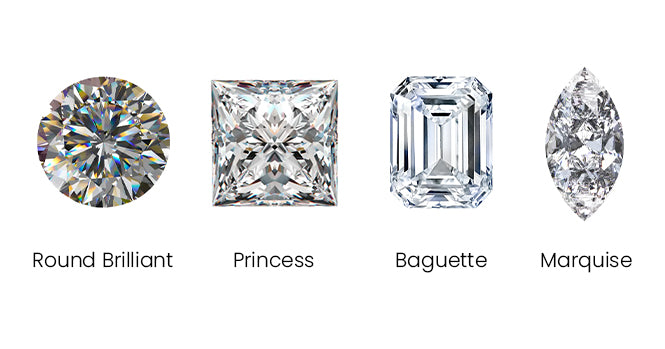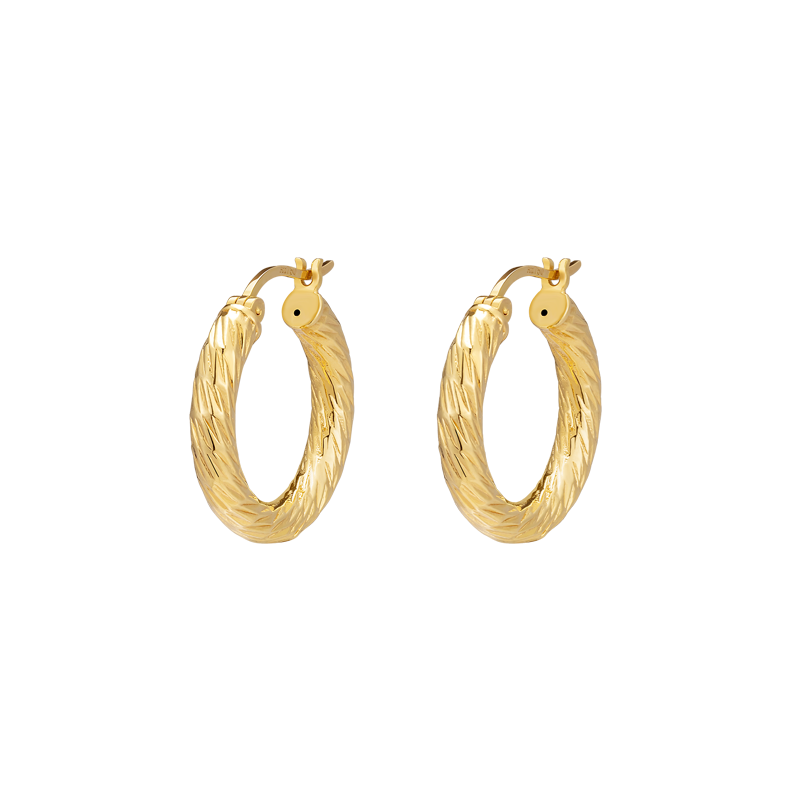Why Does Melee Diamonds Not Have a Certificate?
Diamonds have captivated admirers for centuries with their exquisite beauty and remarkable brilliance. The diamond industry utilizes a comprehensive grading system to classify these precious gems, evaluating their quality based on the internationally recognized "Four Cs": carat weight, color, clarity, and cut.

In this blog post, we will delve into the world of diamond grading and explore why diamonds under 20 points are seldom certified. Join us as we unravel the intricacies behind diamond ratings and the rarity of smaller diamonds in the industry.
A Comprehensive Guide to Grading of Diamond
Carat Weight:
The carat weight of a diamond refers to its size. One carat is equivalent to 200 milligrams. A diamond's weight influences its rarity and value, with larger diamonds generally being more sought after. Diamond weights are further refined into subcategories such as half-carat, quarter-carat, and so on.

Color:
Diamond color grades range from D (colorless) to Z (light yellow or brown). The most valuable diamonds exhibit a lack of color, allowing light to pass through and create dazzling brilliance. Color differences between grades can be subtle, and expert gemologists assess diamonds under controlled lighting to accurately determine their color grade.

Clarity:
Clarity evaluates the presence of internal or external flaws, known as inclusions and blemishes, respectively. The GIA clarity scale ranges from Flawless (no visible inclusions or blemishes under 10x magnification) to Included (inclusions visible to the naked eye). Clarity grades consider the size, number, position, and visibility of these imperfections.
Cut:
The cut of a diamond is crucial in determining its brilliance and fire. Cut grades evaluate a diamond's proportions, symmetry, and overall craftsmanship. The GIA cut grading scale ranges from Excellent to Poor, reflecting the degree of light performance and overall beauty of the diamond.

While the Four Cs are fundamental to diamond grading, other factors also contribute to a diamond's identity:
Fluorescence:
Fluorescence refers to a diamond's reaction to ultraviolet light. Many diamonds exhibit a fluorescent glow, ranging from None to Very Strong. While fluorescence can occasionally affect a diamond's appearance in certain lighting conditions, it is a personal preference rather than a positive or negative attribute.
Shape:
Diamond shape encompasses a variety of distinctive cuts, including round, princess, emerald, pear, and more. Each shape has its own unique charm and significance, allowing individuals to choose a style that suits their taste and preference.

Rarity of Diamonds under 20 Points: A Closer Look
Diamonds under 20 points (0.20 carats) are often referred to as "melee" diamonds. These smaller stones are primarily used as accents or side stones in jewelry designs rather than as centerpieces. While they play a significant role in enhancing the overall beauty of a piece, they are not typically graded in the same manner as larger diamonds.
 |
 |
One reason for the minimal grading of diamonds under 20 points is the practicality of the process. Grading small diamonds accurately requires highly specialized skills and equipment, making it both time-consuming and costly. Due to the smaller size, the intricacies and microscopic details that are evaluated during diamond grading become much more challenging to discern.

Another reason is the relative abundance of smaller diamonds in the market. Melee diamonds are commonly used in jewelry pieces, such as halo rings or pave settings, where the focus lies on the overall design rather than individual diamond characteristics. Manufacturers often purchase these smaller diamonds in bulk, ensuring a consistent supply at competitive prices.
 |
 |
While formal certification may be limited, understanding the overall design, craftsmanship, and the trustworthiness of the seller are crucial factors in choosing the perfect diamond piece.

Remember, the true beauty and value of a diamond extend beyond its grading. Each diamond, regardless of size, has its own unique appeal and can be cherished as a precious expression of love, style, and enduring beauty.












